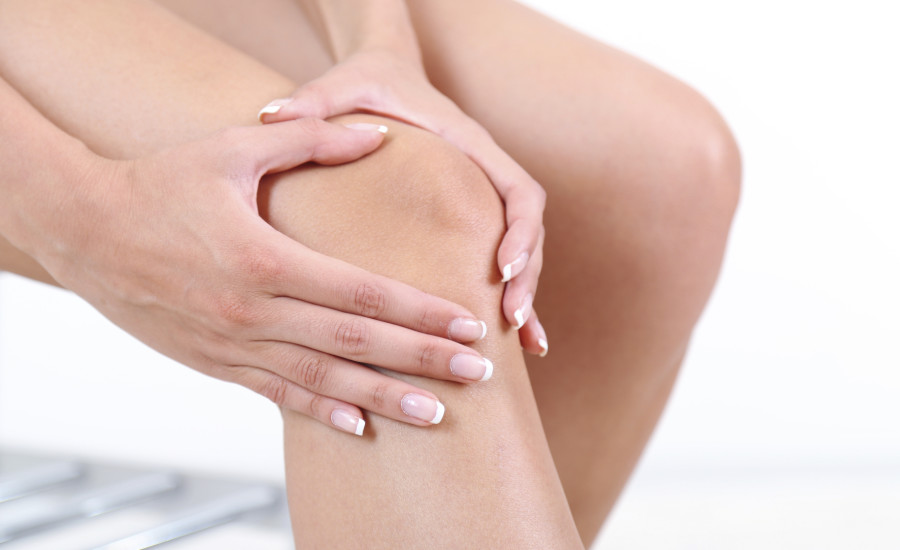Osteoarthritis (OA) is classically described as the breakdown of the joint surface, resulting in pain, stiffness, and disability. It affects many joints in the body, but most prominently those in the lower extremity. This condition usually gets worse with time, so the question often comes up: What can physical therapy do for my osteoarthritis?
OA is a complex condition, caused by many factors, but a large component is due to overloading of the tissues causing breakdown. The recommendation for physical therapy or more exercise, from a friend or medical professional, may be confusing at first glance. Why would someone want to put more “wear and tear” on a joint that has had enough?
The answer comes in HOW you load the joint. Over the years through sustained postures, injuries, and various activities we can accumulate impairments not only at the knee, but at the hip, ankle and spine as well. This will in turn affect how the knee joint, which is stuck in the middle, is loaded. A similar phenomenon can happen to neighboring joints in other body regions as well. In fact some physicians have published articles questioning whether OA is even a cartilage disease at all. In 2006 Dr. Kenneth Brandt said that osteoarthritis is not really a disease of the cartilage at all. He states that only when we focus on the local biomechanics, rather than the cartilage only, will we make real progress in curing or preventing osteoarthritis. Several authors have expressed similar view points.3
One of the best interventions for OA is, in fact, light to moderate exercise. A recent literature review from 2015 states that for both pain and physical function, exercise programs more oriented towards stretching and balance/coordination are less effective than strengthening and aerobic exercise.2 In the case of knee OA, having appropriate strength helps to absorb shock from walking or running and can prevent your knee giving way. Aerobic activity helps with maintaining synovial fluid flow into the joint, improving blood flow to the affected joints and associated structures, as well as keeping down bodyweight.
While most people with OA can just start such a program on their own, some may experience difficulty. If you do experience increased stiffness and pain, physical therapy is an excellent destination to overcome the barriers you are facing. An evaluation at Alliance Physical Therapy can expertly identify those issues and develop a plan to minimize them. In addition to corrective exercise and manual techniques available in traditional physical therapy, here at Alliance PT, we also offer a unique treatment called dry needling. With our mission of “getting you better, quicker”, we have seen many patients experience this in our practice through our unique approach. An approach that hass been further validated by evidence from current research.4
So get out to the gym or just get outside, if you need help along the way, look us up!
Joshua Gelfand, DPT, Cert. DN
REFERENCES
1. Brandt, KD et al. Yet more evidence that osteoarthritis is not a cartilage disease. Annals of Rheumatic Diseases. (2006); 1261-1264
2. Fransen M, et al. Exercise for osteoarthritis of the knee: a Cochrane systematic review. Br J Sports Med 2015; 49: 1554-1557
3. Felson DT, et al. The futility of current approaches to chondroprotection. Arthritis & Rheumatism. 2007. 56(5); 1378-1383
4. Witt CM et al. Acupuncture in patients with arthritis of the knee or hip. Arthritis & Rheumatism. 2006. 54(11); 3485–3493

Recent Comments